Personality and Temperament
With just one look at the adorable Scottish Fold cat, it’s easy to see how this breed got its name! With their folded ears and sweet expressions, these family-friendly cats are cute beyond compare. Scottish Fold cats get along well with kids and other pets, including friendly cats and well-behaved dogs.
Gentle and playful, Scottish Fold cats are less rambunctious than many other breeds. They are happy to spend time simply enjoying your company, and they're likely to follow you throughout the house as you complete your daily routine.
If you're someone who is looking for a cat that likes to converse, consider a Scottish Fold. Some vocal breeds like the Siamese are quite loud, but the Scottish Fold's voice is much quieter. These cats can develop quite an interesting vocabulary, which they use to express themselves and chat to you about everything from the level of food in their dish to the fact that it's time for you to wake up in the morning. Talk to a Scottish Fold, and you can expect quite a bit of chatter in return.
Scottish Fold cats enjoy company and dislike being left alone. Luckily, these cats are perfectly happy with companionship from another animal on those days when you need to work or spend several hours per day away from home for another reason,. When you return, you can count on a happy greeting.


Care
Nutrition
Grooming
Exercise
Health
The Scottish Fold cat has no special nutritional needs, however we recommend offering a high-quality food with a high level of protein and minimal carbohydrates. If you are offering a commercial brand rather than fresh food, ensure that the first ingredient is real meat or fish.
Brush short-haired Scottish Fold once or twice a week to remove any loose hair. Long-haired Scottish Folds require more frequent grooming—daily or every other day—to prevent tangles and mats.
If your cat's ears are tightly folded, you might need to help your cat keep them clean and prevent buildup. At least once or twice per week, use a cotton ball moistened with a 50-50 mixture of warm water and vinegar to gently wipe beneath the folds. Never attempt to clean the interior portion of your cat's ears with cotton swabs—you could accidentally injure their eardrum. If it appears as though wax and debris is building up down inside the ear and out of reach of your cotton balls, give your vet a call. They can safely clean this sensitive area while protecting your cat's hearing.
Two other important grooming routines are nail trimming (weekly to every other week) and toothbrushing (daily). Teach your kitten to accept this type of handling from a young age to prevent struggles later in life.
The Scottish Fold cat likes to play, particularly when there’s at least one friend to join in the fun. If you have two cats, expect them to run, jump, and climb together. If it's just you and your cat, they'll appreciate every opportunity for interactive play.
Just like other cats, Scottish Folds appreciate window seats, cat trees, scratching posts, puzzle toys, and everyday objects like cardboard bags and boxes. The more opportunities you take to enrich your cat's environment, the happier they will be.
Later in life, your Scottish Fold might need more encouragement to engage in energetic play sessions between naps. Keep an eye on their weight and try to increase activity if possible since obesity can make joint problems and other conditions worse.
The dominant gene that causes a Scottish Fold cat's ears to flop forward can also cause skeletal deformities when Scottish Fold cats with folded ears are bred to one another. For this reason, responsible breeders pair one Scottish Fold with folded ears with a straight-eared Scottish Fold. Breeders can also outcross to one of two breeds, either an American Shorthair or British Shorthair.
The genetic mutation that causes the breed's folded ears can also cause severe abnormalities to some cat's bones and cartilage, especially in the ankle, knee, and tail joints. The disorder, called osteochondrodysplasia, is more likely to occur when cats have two copies of the mutated gene rather than one, which may only cause folded ears.
Some Scottish Fold cats are also prone to developing polycystic kidney disease and hypertrophic cardiomyopathy (a type of heart disease), conditions that are common among many otherwise healthy cat breeds.
History
The first Scottish Fold was a white barn cat named Susie. Like many cats that capture breeders' interest, Susie had a unique genetic trait: Folded ears caused by softened cartilage that prevented the ears from standing up like an average cat’s ears.
Susie was happily catching mice on a farm in the Tayside region of Scotland when she captured the attention of a shepherd named William Ross. In 1961, he and his wife Mary acquired one of Susie's female kittens when she had a litter by a local tomcat with normal, stand up ears. They named the kitten Snooks and when she reached adulthood, she was mated with a British Shorthair and had a litter of her own.
Some of the resulting kittens had folded ears, leading them to call the new hybrid "lop-eared cats." Ross registered the Scottish Fold cat breed with UK’s Governing Council of the Cat Fancy (GCCF) in 1966.
In 1971, Dr. Neil Todd brought the first Scottish Fold cats to the United States. One of these cats found a home with a Pennsylvania breeder named Sally Wolfe Peters. She is credited with developing the breed as it exists in the United States today. Scottish Fold breeders still outcross Scottish Folds with British Shorthairs or American Shorthairs, which contributes diversity to the gene pool.
By the middle of the 1970s, the Scottish Fold cat had gained official recognition by multiple breed registries. In 1978, the breed was granted championship status by the Cat Fanciers’ Association (CFA). Today, these adorable, personable cats are popular all over the world. The breed is also recognized by The International Cat Association (TICA).
The GCCF withdrew its recognition of the Scottish Fold in 1971 out of concern over potential skeletal defects that can lead to excruciating pain for affected individuals.
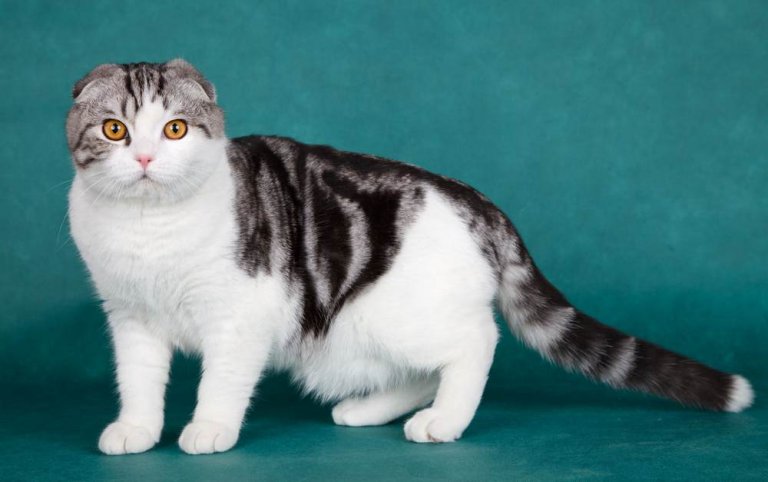
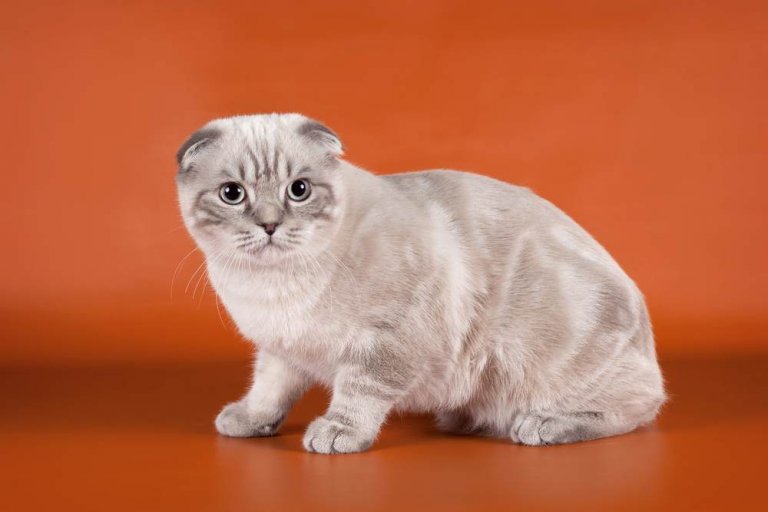
The Breed Standard
Eyes
Legs & Paws
Tail
The Breed Standard
Body
Head
Ears
Coat
Color
FAQ
How much does a Scottish Fold cat cost?
Scottish Fold cats cost between $1000 - $2000.
How big do Scottish Fold cats get?
Scottish Fold cats tend to be medium in size. A fully grown Scottish Fold cat might weigh between 6-13 pounds or more and range in height anywhere from about 8"- 10" inches tall.
How long do Scottish Fold cats live?
The Average lifespan for Scottish Fold is 13-15 years.
Do Scottish Fold cats shed?
Scottish Fold are long-haired cats, so you do have to expect a certain amount of shedding from this breed, but they don't shed as much as other cat breeds.
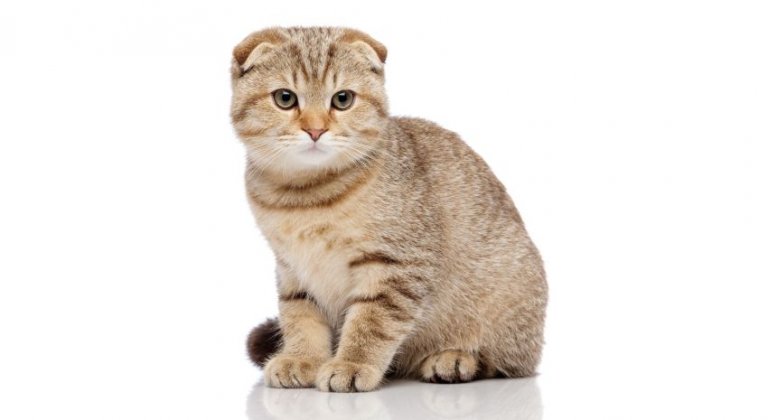
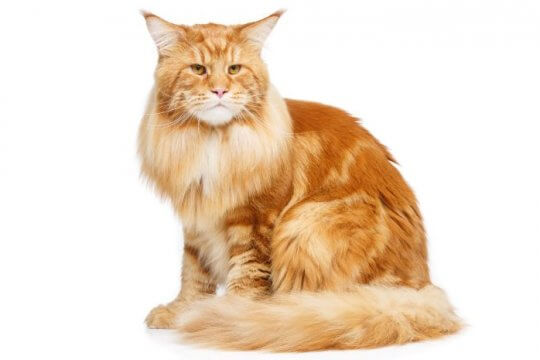


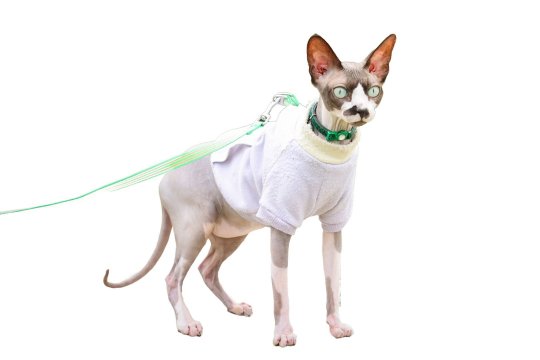
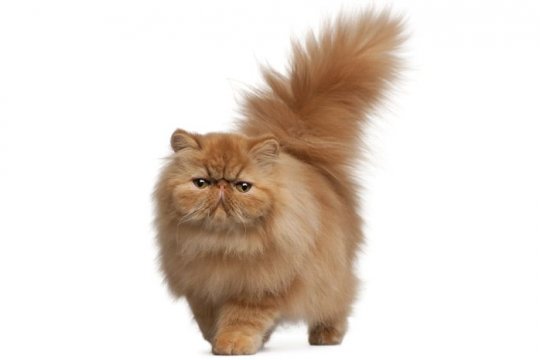
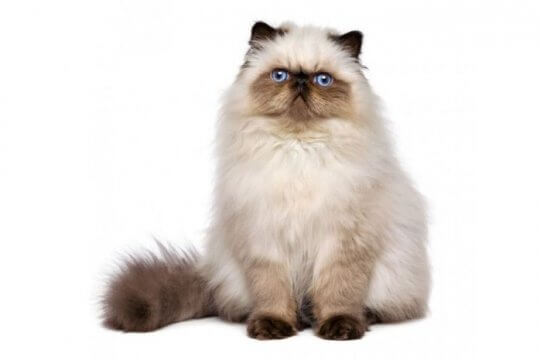
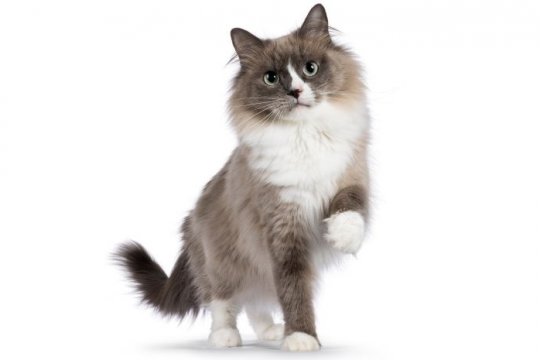
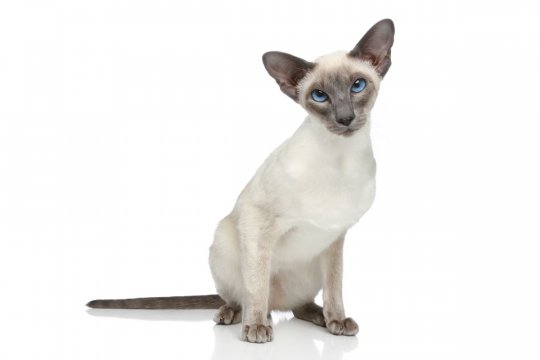
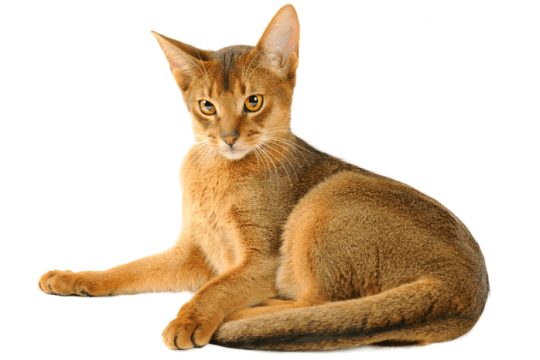
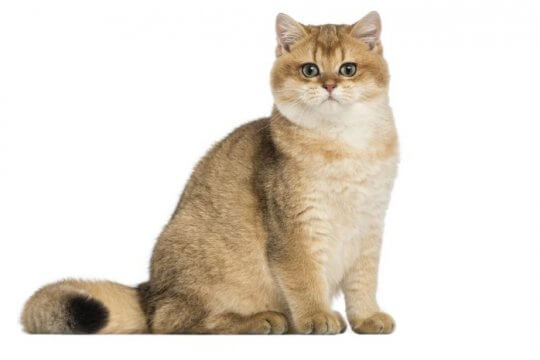


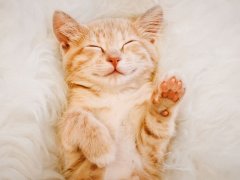
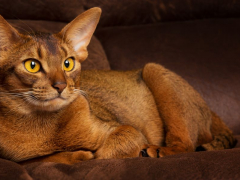


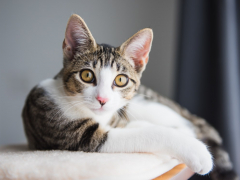
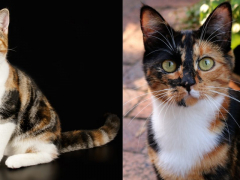

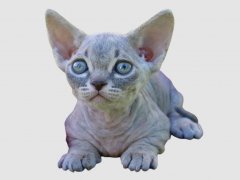
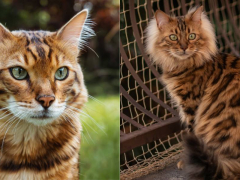

I have two, theyre half brothers. Such sweet cats
Is Highland Fold the same as Scottish Fold?
I don’t see Highland Fold on the cat breeds page.
Hi Lawrence, great question. The term “Highland Fold” just refers to the long-haired variety of the Scottish Fold.
Yes they are considered part of the Scottish fold family
I think the Scottish fold is gorgeous. I’ve made up my mind to get one for my sister for Christmas:-)
The Scottish Fold cats are so gorgeous. I would love one but is out of my price range unfortunately. They and the Bengal are my utmost favorites. But the Scottish fold is the number one choice.
Hi, I just got a Scottish fold kitten through Adopt a pet. Try to Adopt a pet or pet Finder. The price is much lower and often includes shots up to date with spay/neuter./ Good zluck.
I have a scotish streight that mated with a fold and all kittens have streight ears how is this possible????
I read that one parent has to have straight ears, and the other folded and the kittens may be half-and-half..